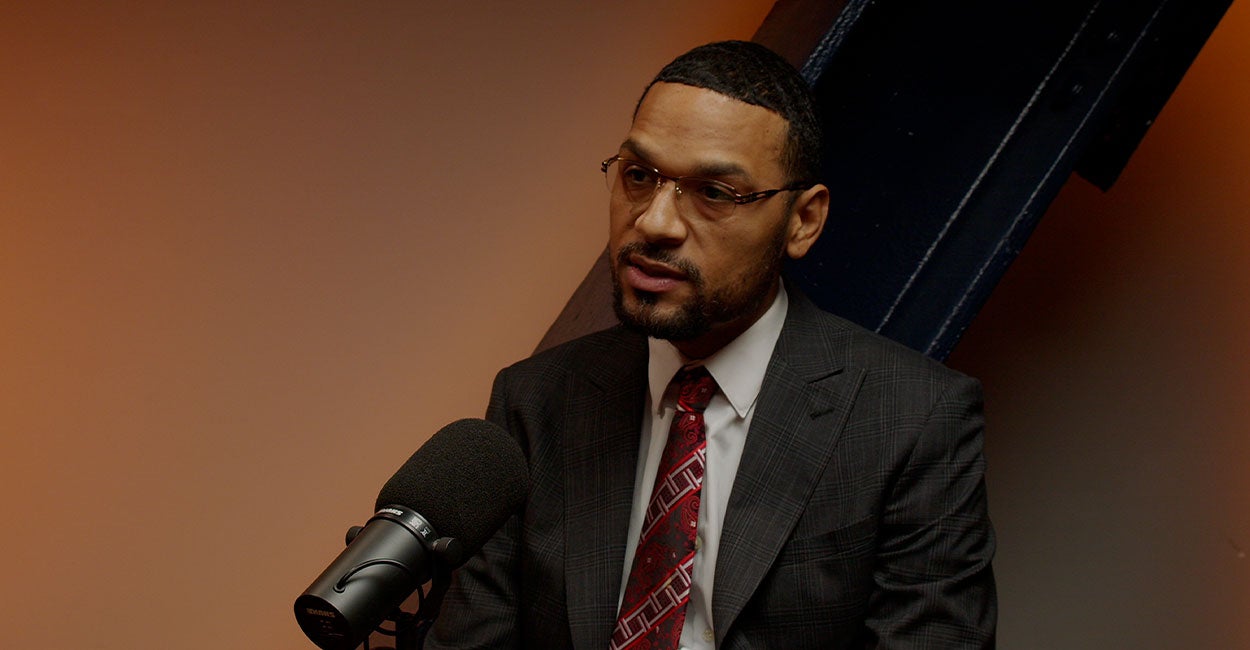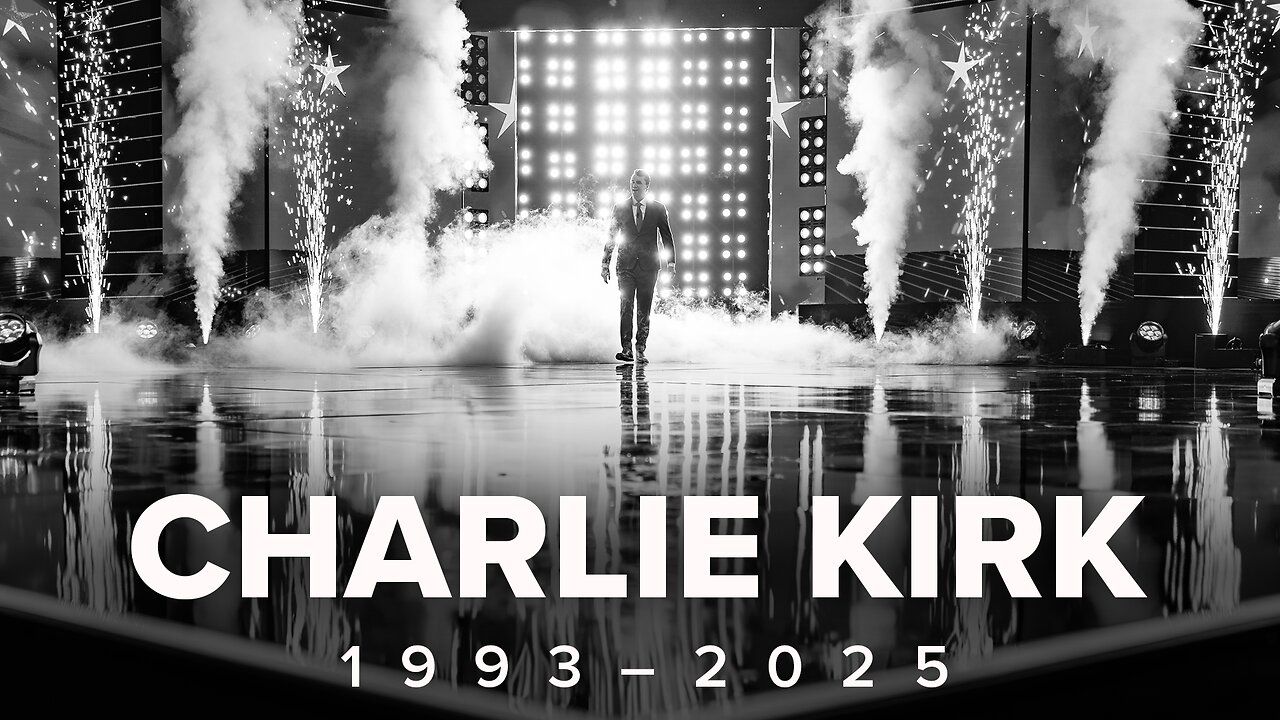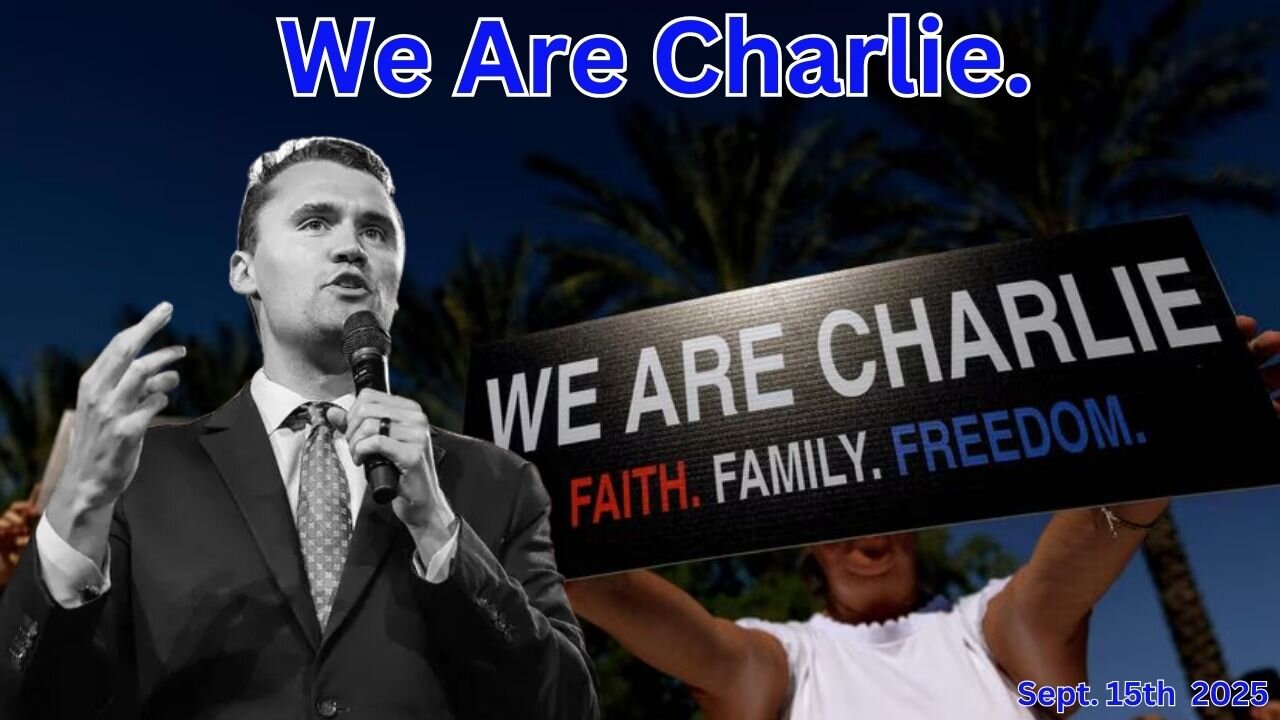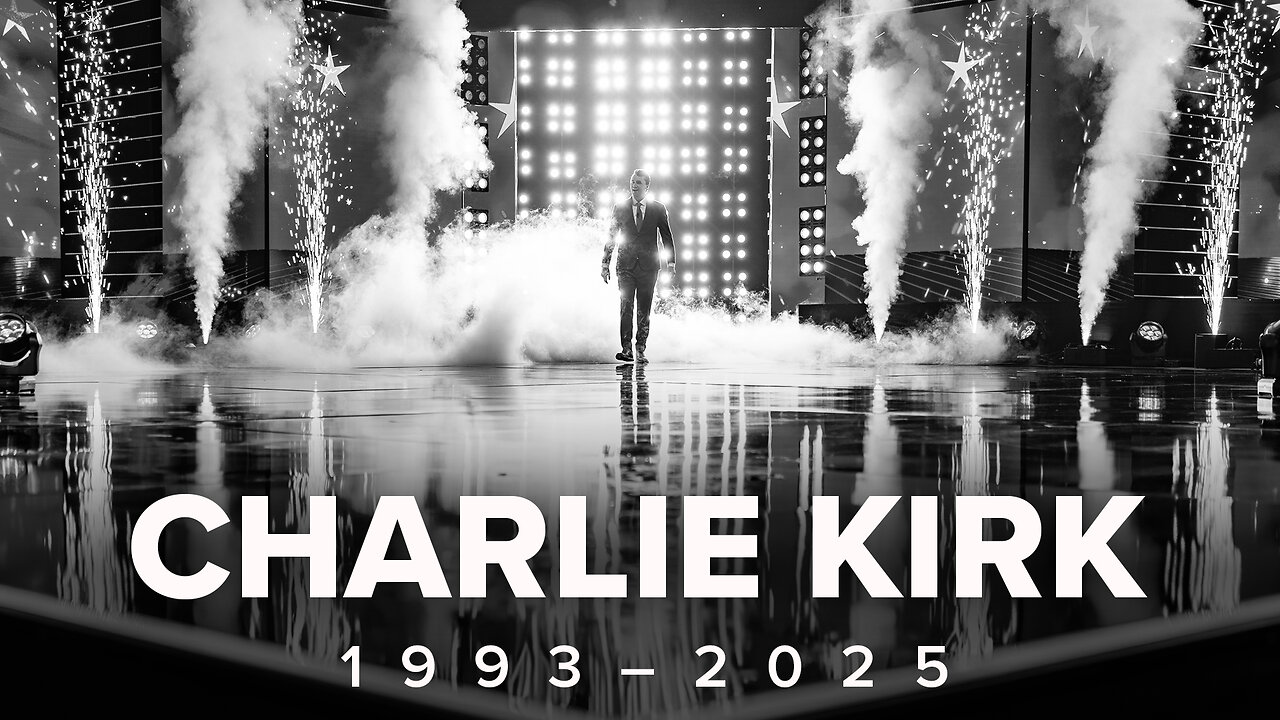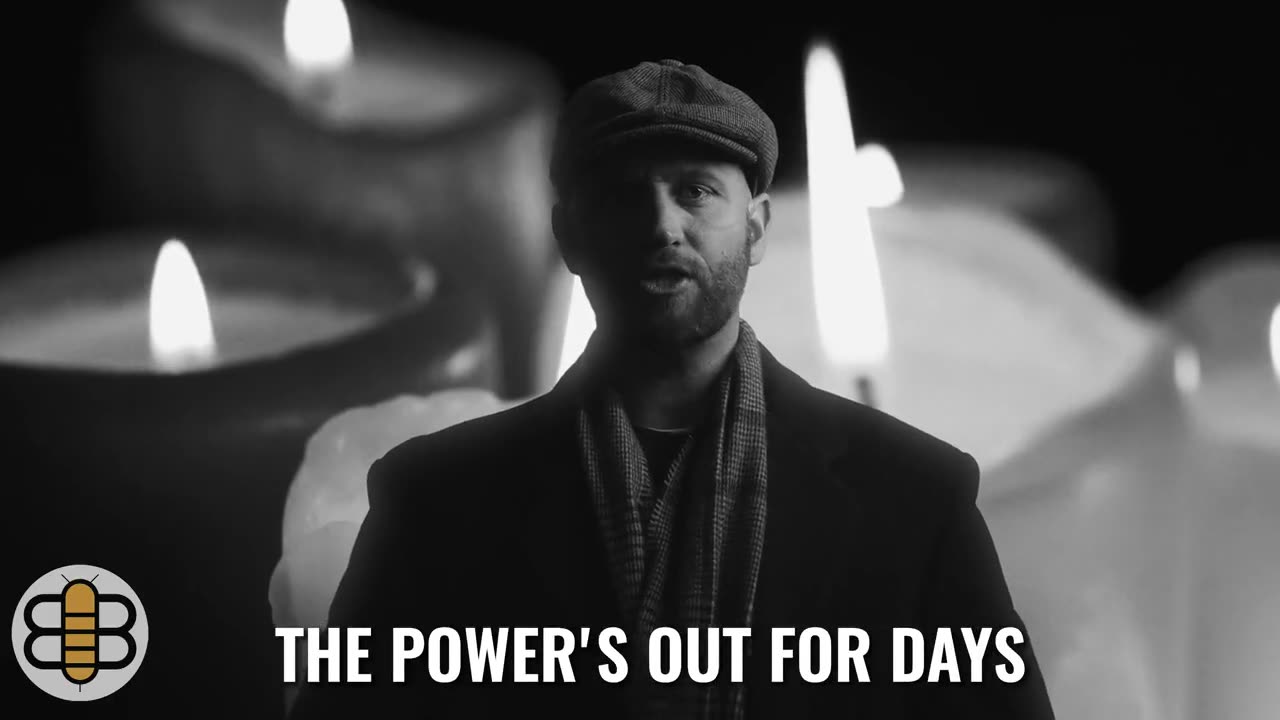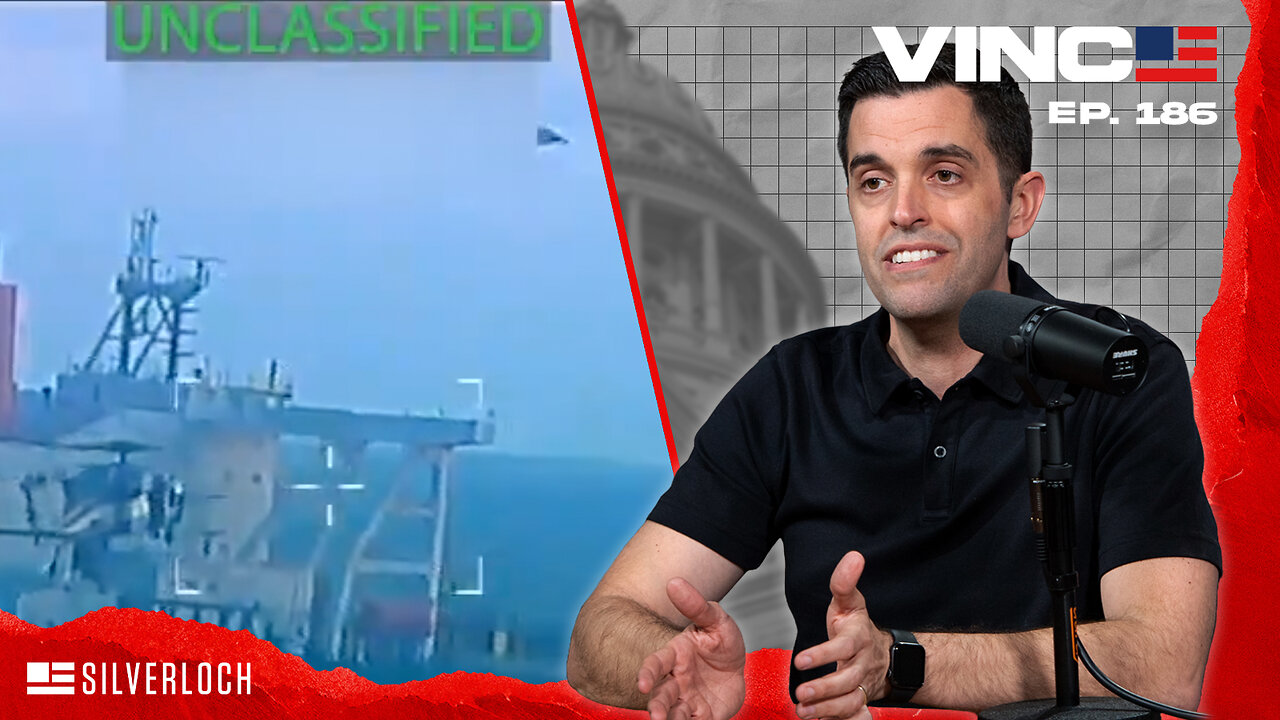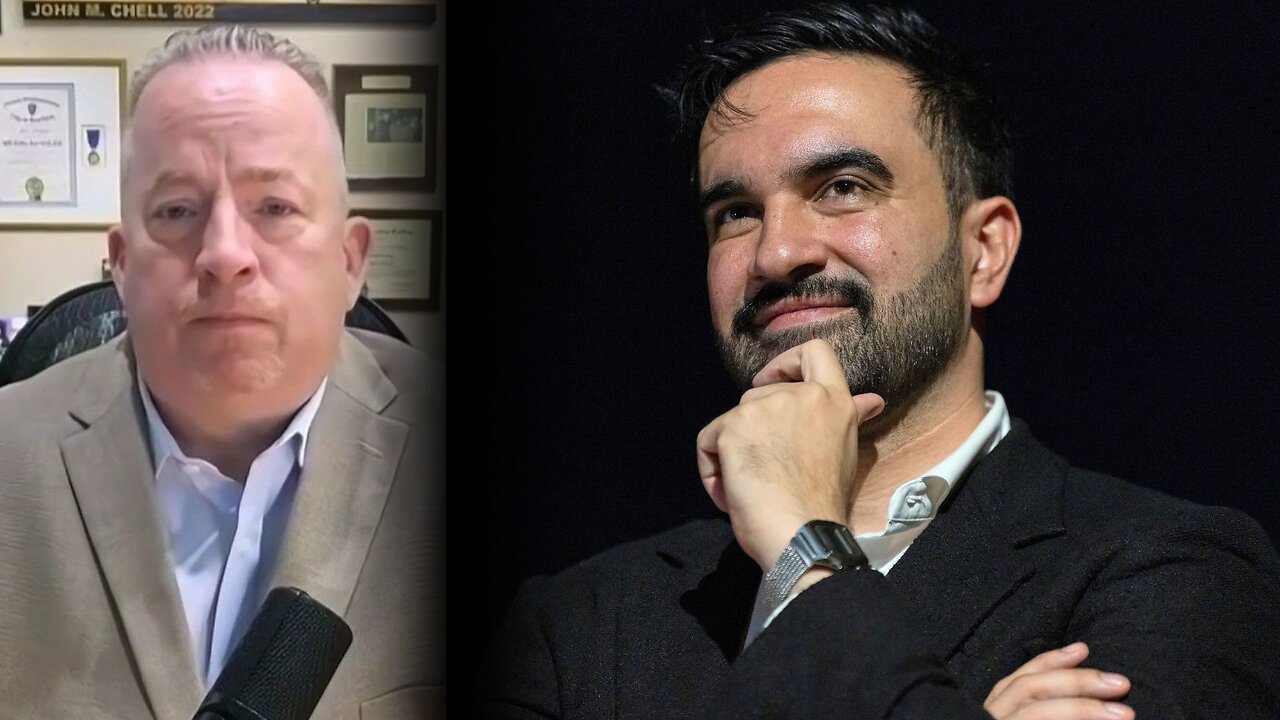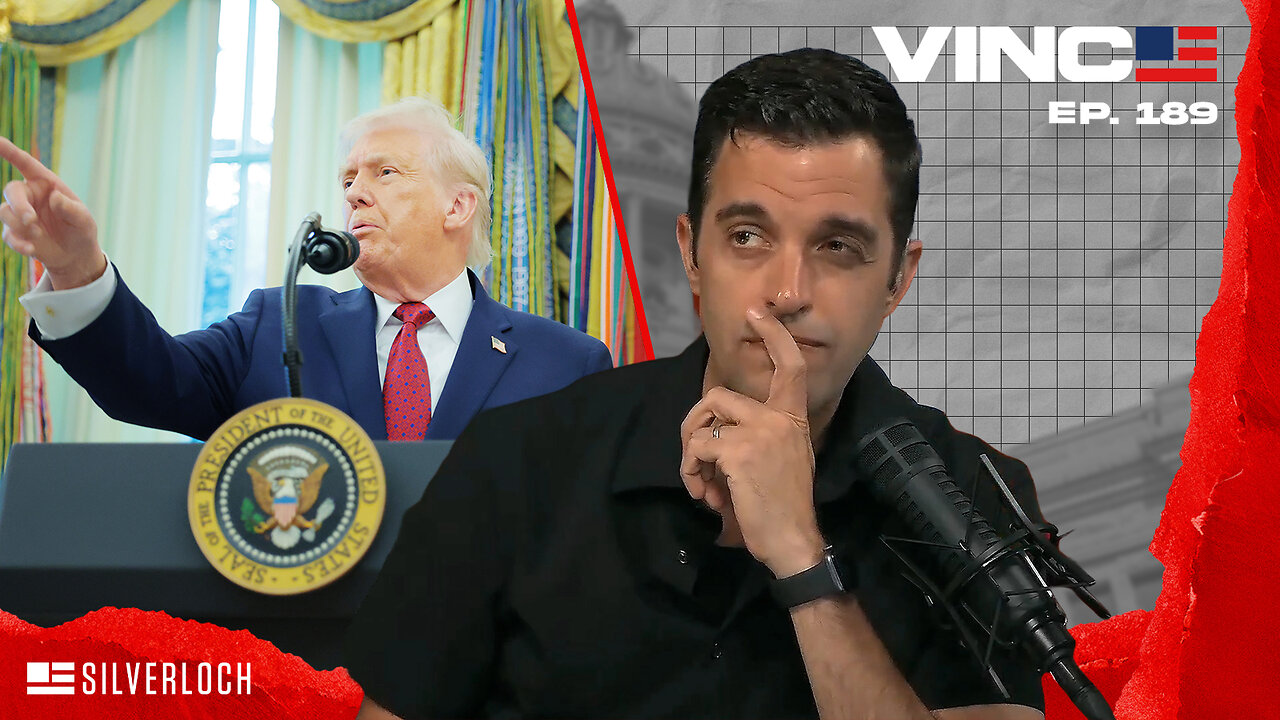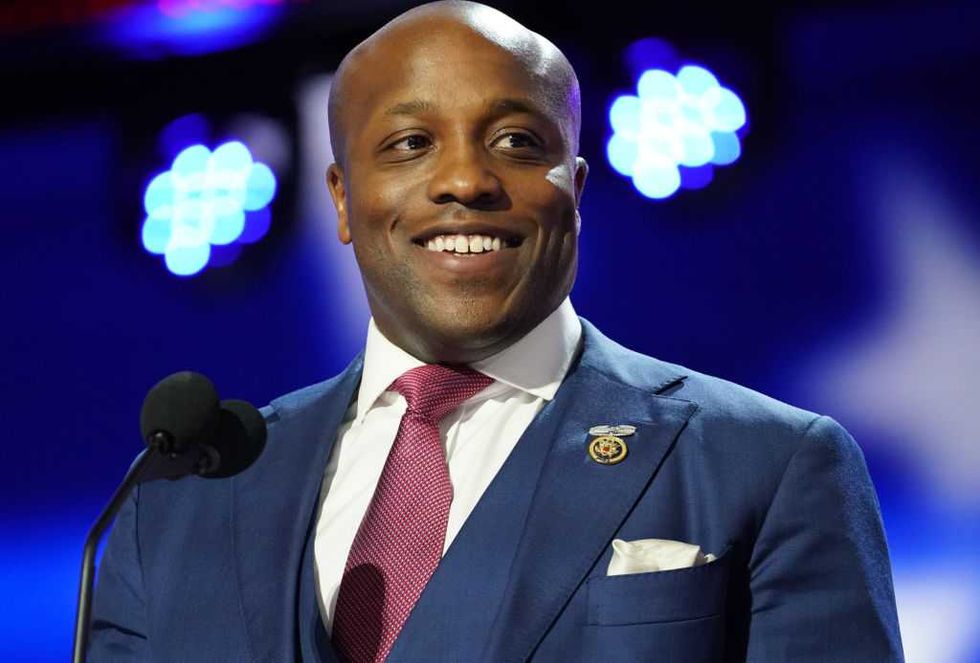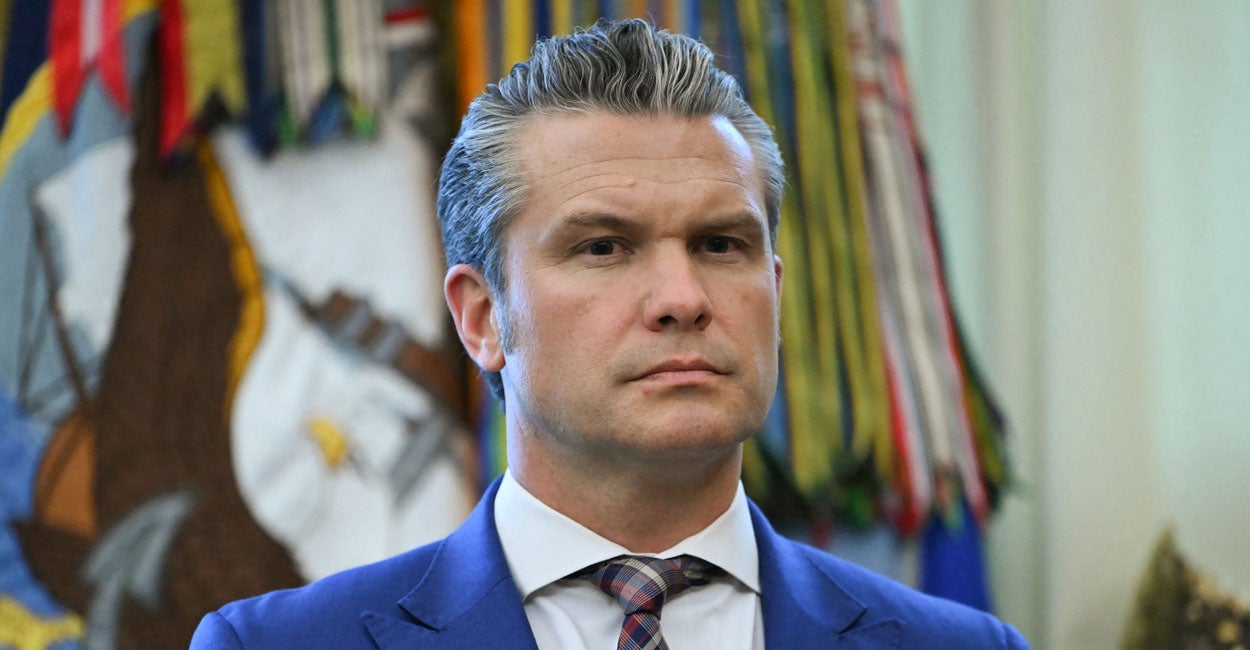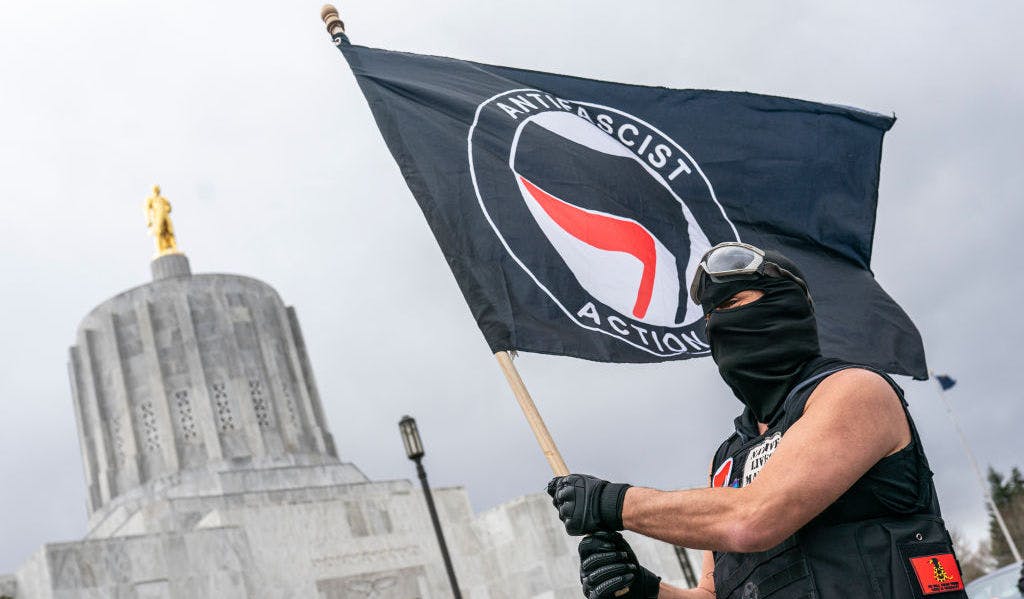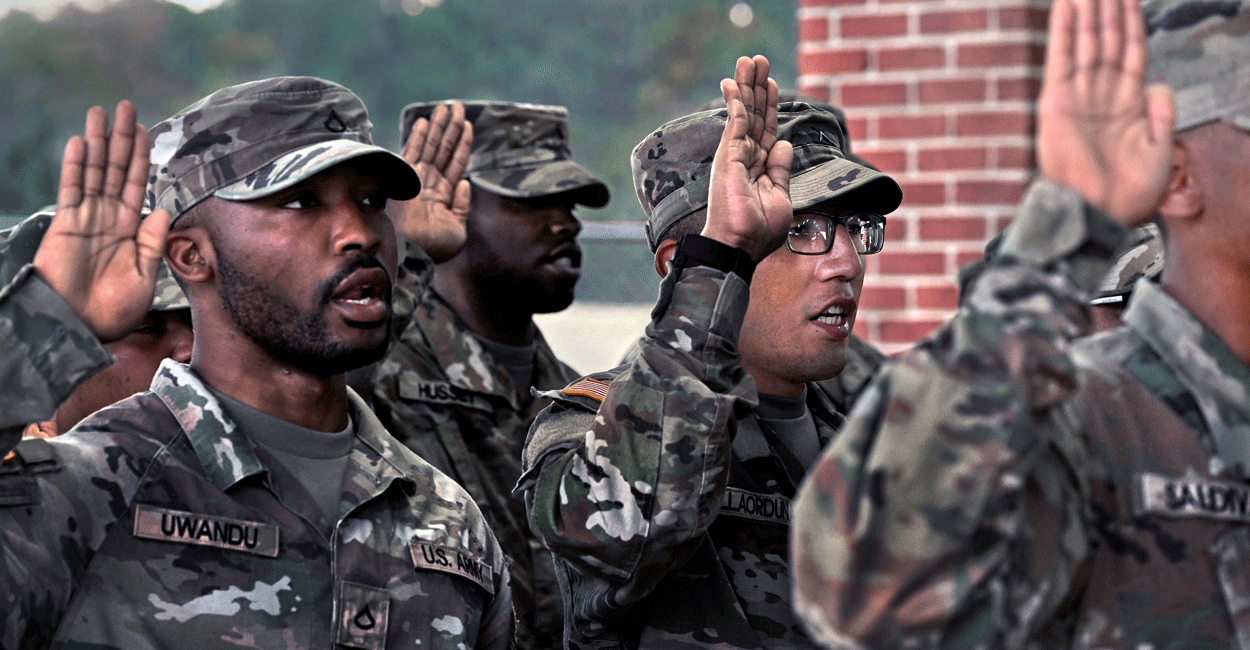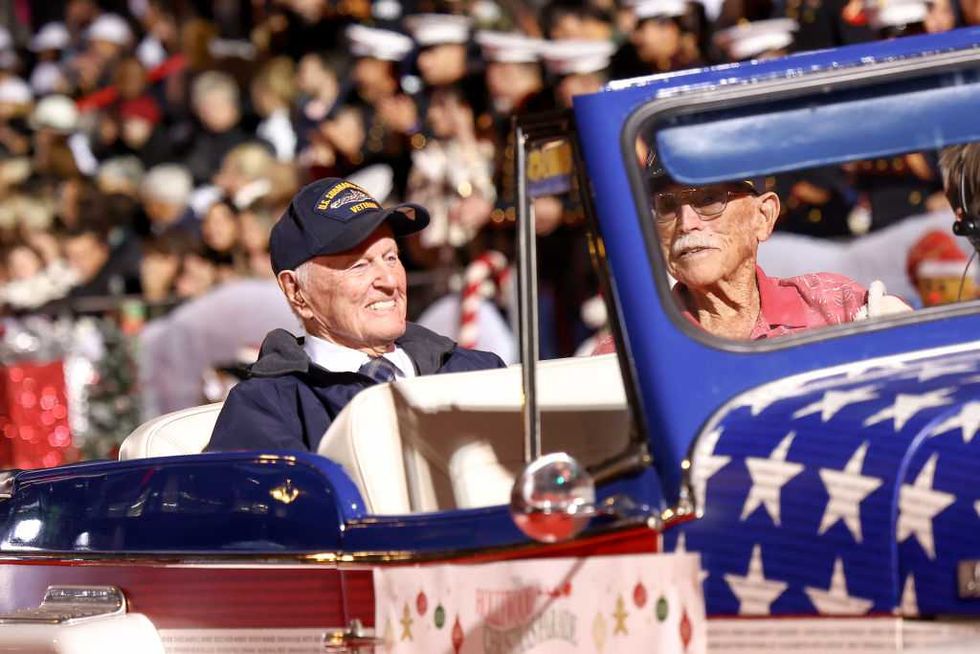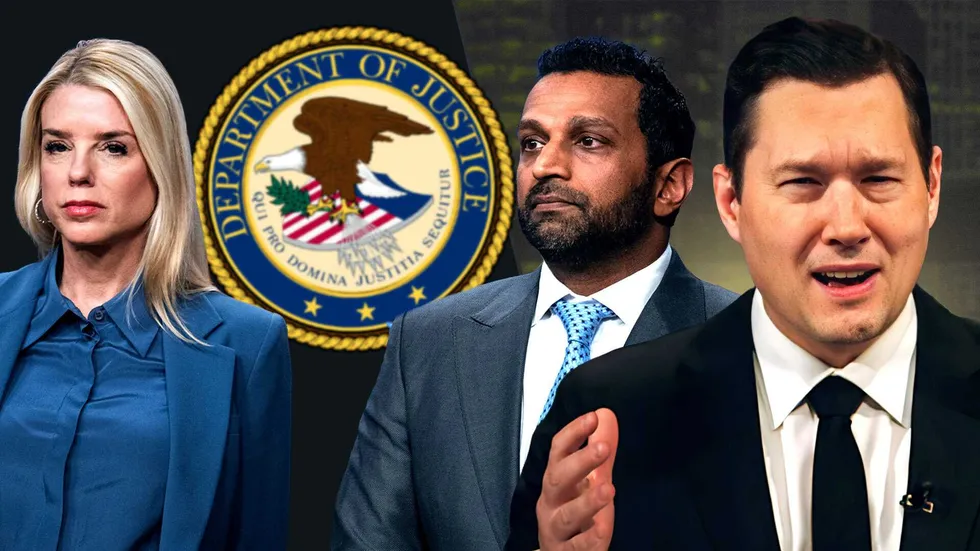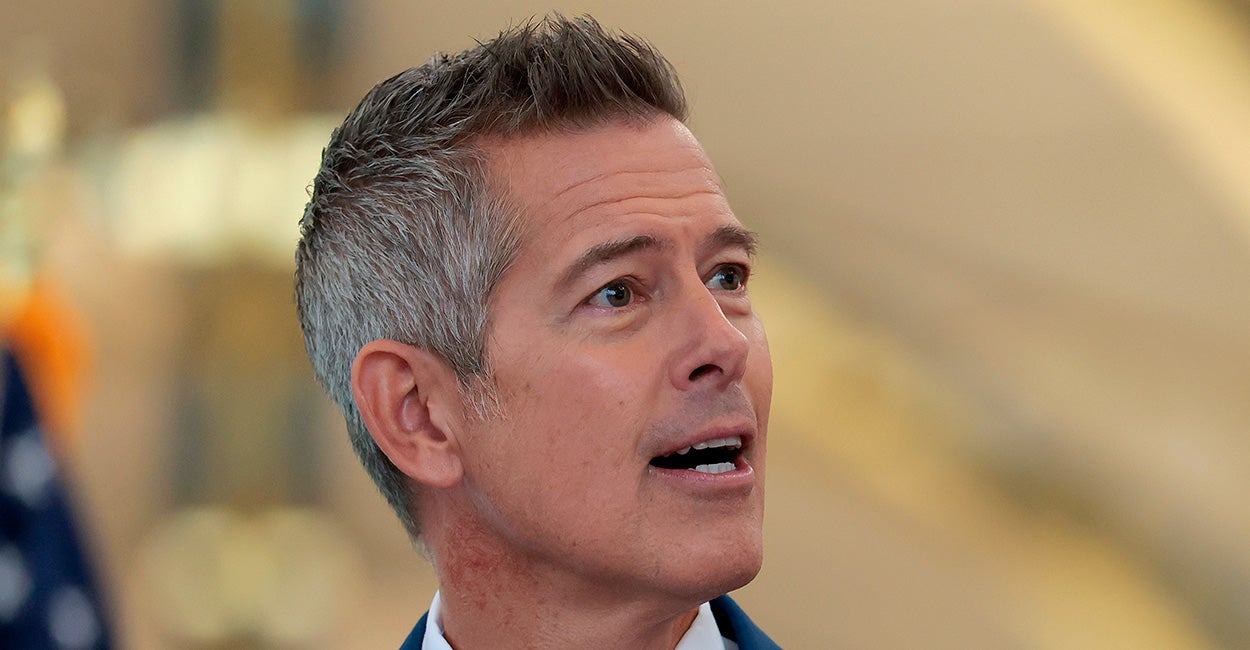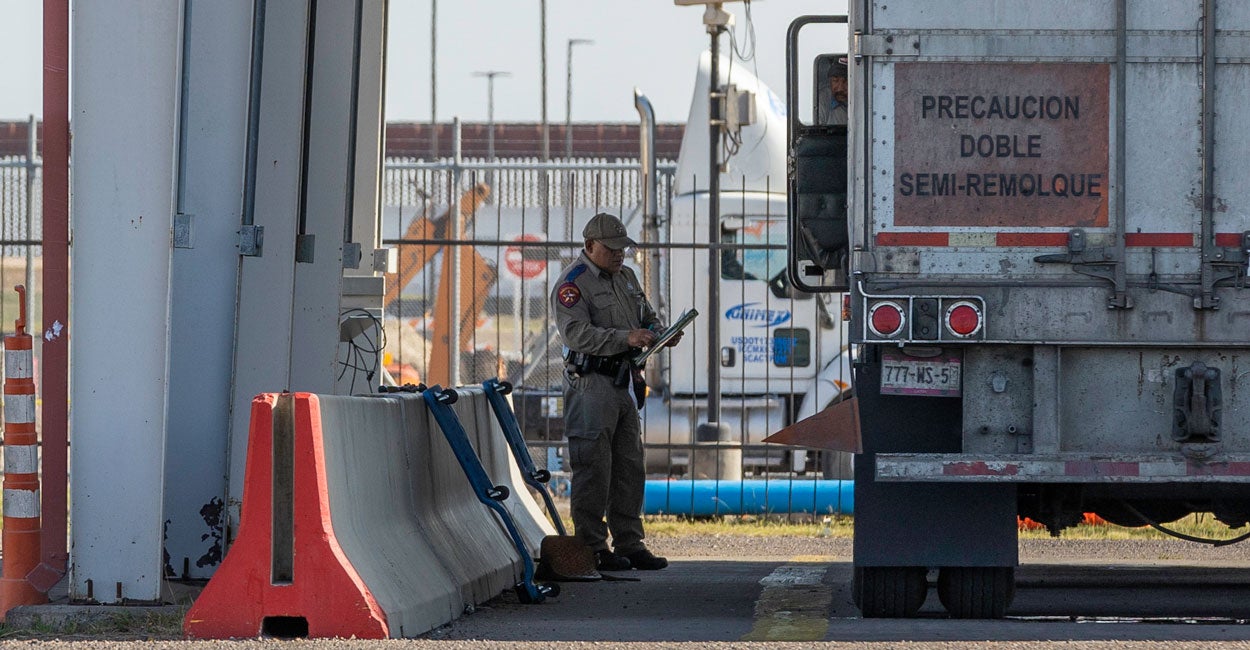I Commanded The USS Cole On The Day Al-Qaeda Tried To Sink Her
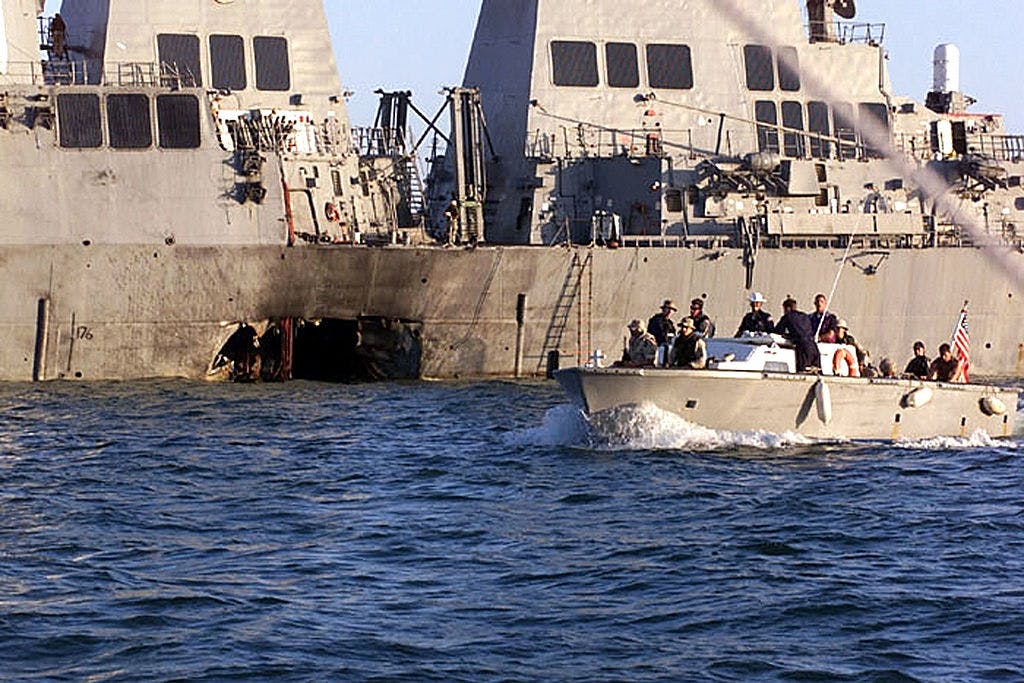
A single moment in time can define the future and impact lives in ways beyond the comprehension of many Americans. For the crew and families who suffered the unimaginable loss of their Sailor, that moment in time came at 11:18 a.m. on October 12, 2000. Those of us who directly experienced that brutal Al-Qaeda terrorist attack on our ship, that moment in time loops back to play over and over in our minds. Now, each of us who was there, along with many in the Navy and the nation, will pause to reflect on the past 25 years of how that moment affected our lives. We live with the crystal-clear memory of those who chose to serve our nation and died for our freedom. Their sacrifice remains paramount in our thoughts and prayers.
Live Your Best Retirement
Fun • Funds • Fitness • Freedom
USS Cole spent a year training for deployment to the Mediterranean and the Middle East with a clearly defined mission — safeguard U.S. national security through presence operations and maritime interdiction of illicit vessels smuggling oil out of Iraq. The crew was really good, but I knew I could demand better of them and was relentless in achieving more. Ultimately, our standards of performance and training were higher than any ship on the Norfolk waterfront.
Sure, there was the typical Sailor grumbling and complaining that we were spending too much time doing drills and learning watch and combat positions beyond their normal duty requirements. Little did we know that the investment in ourselves would save a $1 billion warship and most of the wounded crew.
On August 8, 2000, with families and friends tearfully waving goodbye, the ship slowly maneuvered off the pier and began a voyage into the annals of history. That day, a new benchmark of performance was set in the U.S. Navy — USS Cole got underway with a 100% qualified all-enlisted crew manning every sea and anchor detail watch position. It was an incredible achievement, never done before and never repeated since. More importantly, that accomplishment left an indelible mark on a crew, now absolutely confident they were well prepared for anything that might come their way, including combat.
Following port visits in Spain, France, Malta, and Slovenia, we transited the Suez Canal and the Red Sea to enter the Port of Aden, Yemen, for an expected 6-8-hour brief stop for fuel. Three garbage barges were contracted to remove trash. After the first two barges departed, a third boat that looked exactly like the previous two garbage barges approached and came alongside amidship. We had no intelligence, warnings, or indications that this boat was actually manned by two Al-Qaeda suicide bombers and packed with explosives built into the hull as a waterborne improvised explosive device.
Suddenly, that singular moment in time occurred. At 25,000 feet per second, the blast shock wave pierced the hull, rapidly expanding as a powerful ball of flame into the interior of the ship. In a split second, metal was rendered unrecognizable, bodies were crushed and mangled, burned by the explosion’s wall of flame. In that instant, heroes stepped in to save lives that were forever changed, and within hours, families would be notified of the worst news possible — their loved one had been killed in the service of our country.
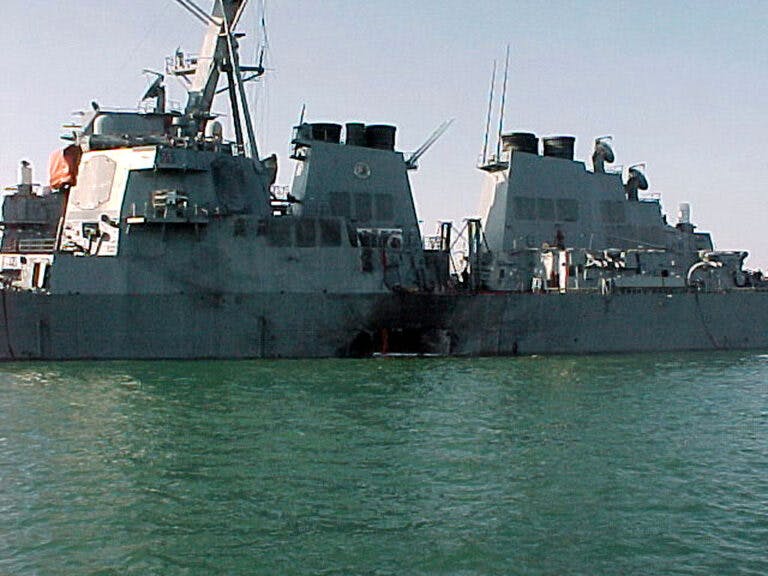
Courtesy of U.S. Navy/Getty Images
Training paid off within an hour as the crew valiantly stabilized the ship, preventing it from sinking and becoming a war trophy for Al-Qaeda. That first day, the crew evacuated 33 wounded off the ship within 99 minutes after the explosion. Ultimately, 32 would survive. While on our own in the immediate aftermath, we were never alone. France deployed a lifesaving medical team, flying 11 wounded to advanced medical facilities in Djibouti. That evening, staff from the U.S. Fifth Fleet headquarters in Bahrain arrived to arrange for security and get food and water out to the ship. The next morning, the British arrived with a security and damage control team from the HMS Marlborough. Later that day, two U.S. Navy ships, USS Donald Cook and USS Hawes, arrived to provide help and logistics support.
For the next 17 days, the Sailors of USS Cole exhibited initiative and ingenuity as they continually braved equipment failures, system challenges, and, at one point, the loss of our only operating generator on Sunday morning after the attack. The ship began to sink. God love Sailor ingenuity. By late morning, we had cut a hole in the side of the ship near the waterline to pump out floodwater as we feverishly worked to refill our high-pressure air tanks to restart the generator. After a harrowing 22 hours, the generator was started, and USS Cole was saved, again.
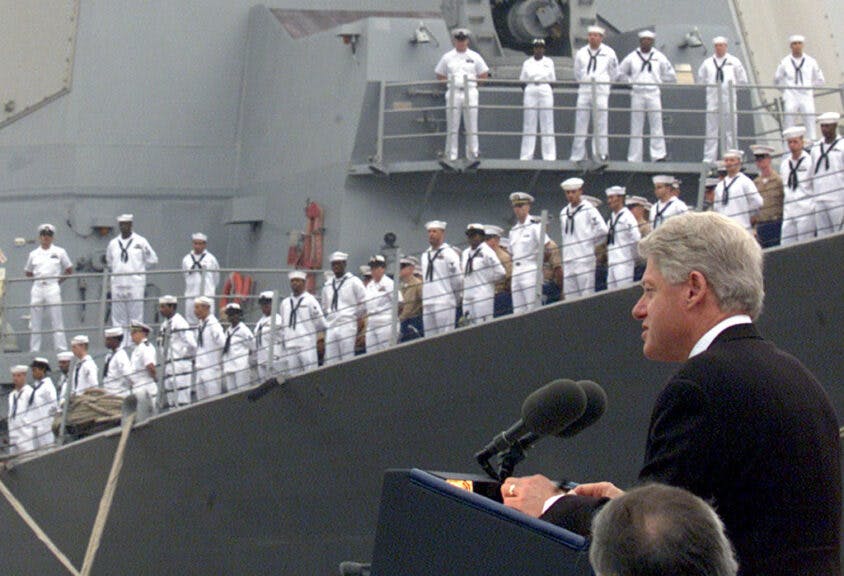
Mark Wilson/Newsmakers
Finally, after proudly sailing out of Aden harbor blasting our national anthem and Kid Rock’s “American Bad Ass” over the loudspeakers, USS Cole was floated onto the heavy lift ship, M/V Blue Marlin, and brought back to the United States for repairs. As a testament to the bravery and tenacity of that crew, USS Cole still proudly serves our nation today. This past Christmas Eve, she returned from deployment after shooting down Houthi anti-ship missiles in the Red Sea and successfully engaging Iranian ballistic missiles being fired into Israel. USS Cole remains in the fight to defend freedom.
As with any single moment in time that can shatter or change lives, the attack on USS Cole should serve as a poignant reminder that our freedom is not free. Twenty-five years ago, the courage of a crew was tested in combat, and the results speak for themselves. As a nation, we remain blessed with those who choose to raise their right hand, swear an oath to defend our Constitution and protect our freedom at the cost of their lives. Today, I could not be prouder of my crew and their accomplishments — they are the true heroes who saved USS Cole and their shipmates. Well done!
* * *
Commander Kirk Lippold, USN (Ret.), was the Commanding Officer of the USS Cole when it came under a suicide terrorist attack by al Qaeda in the Port of Aden, Yemen. During his command, he and his crew distinguished themselves by saving the American warship from sinking. This event is widely recognized as one of the most brazen acts of terrorism by al Qaeda prior to September 11, 2001.
The views expressed in this piece are those of the author and do not necessarily represent those of The Daily Wire.
WATCH: USS Cole: Al-Qaeda’s Strike Before 9/11 on DailyWire+
Originally Published at Daily Wire, Daily Signal, or The Blaze
What's Your Reaction?
 Like
0
Like
0
 Dislike
0
Dislike
0
 Love
0
Love
0
 Funny
0
Funny
0
 Angry
0
Angry
0
 Sad
0
Sad
0
 Wow
0
Wow
0



